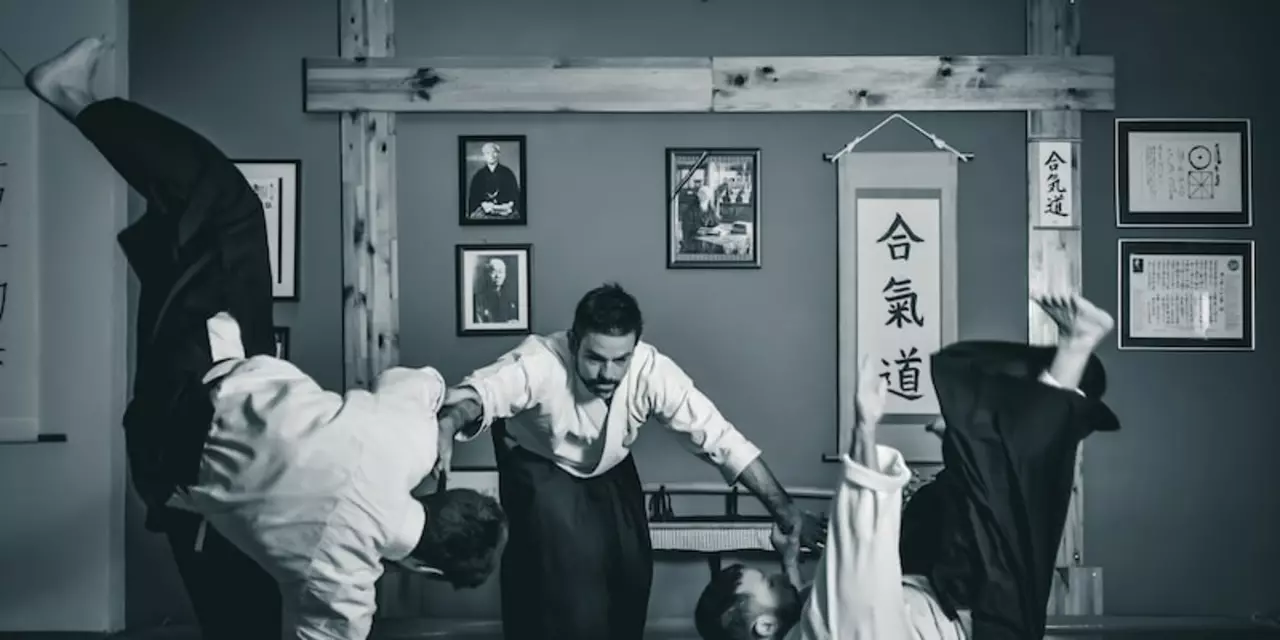Taichi Basics: What You Need to Start Moving
If you’ve seen people flow slowly in a park and wonder how to do it yourself, you’re in the right place. Taichi is a gentle practice that mixes slow motion, breathing, and focus. You don’t need special equipment—just a quiet spot and shoes that let you move freely.
Why Taichi Works for Everyday Life
First off, taichi improves balance. When you practice the slow shifts, your body learns how to stay steady on uneven ground. That means fewer falls when you’re carrying groceries or stepping off a curb. Second, the breathing pattern calms the nervous system, which can lower stress after a busy day.
Third, the movements gently stretch muscles and joints. You’ll notice less stiffness in the hips, shoulders, and lower back after a few weeks. And because the practice is low‑impact, it’s safe for most ages and fitness levels.
Three Simple Moves to Try Right Now
1. Opening the Door – Stand with feet shoulder‑width apart, knees soft. Raise both arms forward, palms facing down, then sweep them up overhead as you inhale. Exhale and bring arms back down, palms facing the floor. This move loosens the shoulders and sets the rhythm.
2. Weight Shift – From a relaxed stance, shift your weight onto the left foot, letting the right heel lift slightly. Keep the hips level and reach the right hand forward while the left hand slides back. Switch sides after three breaths. This teaches the body to move from a stable base.
3. Gentle Wave – With knees still soft, let your arms float like a slow wave: left arm rises while right arm lowers, then reverse. Keep the motion smooth and sync it to your breath. The wave helps coordinate the upper body with the lower body.
Practice each move for about a minute, focusing on smooth, steady breathing. Don’t rush; the goal is to feel the movement, not to perfect a form.
As you get comfortable, link the moves together in a short routine. A typical beginner session lasts 10‑15 minutes, but even five minutes a day can boost balance and calmness.
If you’re worried about making a mistake, remember that taichi isn’t a competition. The practice is about feeling how your body moves, not about looking perfect. You can record yourself or ask a friend to watch and give simple feedback.
For extra motivation, try pairing taichi with a short walk. Do a few minutes of the opening move before you head out, then walk slowly while keeping the same steady breath. You’ll notice the walk feels easier and your mind stays clearer.
Finally, keep a short journal. Jot down how you felt before and after each session—energy level, stress, any aches. Over weeks you’ll see patterns and know what’s working best for you.
Taichi is a tool you can use anywhere: at home, in a park, or even at your desk with a few chair adaptations. Start simple, stay consistent, and let the slow flow bring steadier balance and calmer days into your life.

16 Feb 2023
Taichi and Aikido are two forms of martial arts that share a common origin and many common principles. Both arts rely on relaxation, body awareness, and the channeling of energy to generate power. Taichi is characterized by slow, circular motions and is often practiced as a form of meditation. Aikido focuses on developing control and balance, and deals with redirecting an opponent's energy in order to neutralize the attack. Despite having many similarities, the two arts are distinct in many ways, most notably in their approach to self-defense. While Taichi emphasizes a more defensive strategy, Aikido encourages more active defense, as well as offense.
Continue reading...
